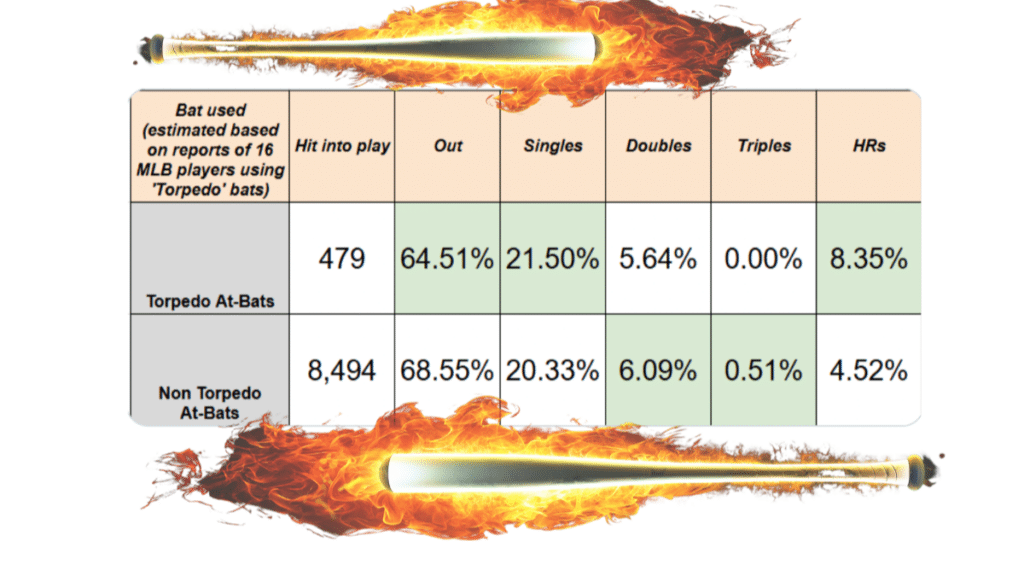A few days ago we were introduced to the new torpedo bat. It’s a prime example of how cutting-edge data analytics can transform sports equipment. A physicist and designers leveraged a combination of biomechanics, artificial intelligence, and performance tracking to create a bat that maximizes power, speed, and precision.
Biomechanics and Player Data
By using motion capture technology and high-speed cameras to analyze thousand of swings, researchers gathered data on the ideal bat weight distribution, barrel shape, and handle design. This data helped fine-tune the torpedo bat’s aerodynamics, ensuring that players could generate maximum bat speed with minimal effort.
Real-World Performance Testing
Data from sensors embedded in test bats provided real-time feedback on swing efficiency, exit velocity, and impact zones. This allowed for adjustments that improved the bat’s “sweet spot” and overall performance.
The Final Product
So, thanks to these data-driven enhancements, the torpedo bat is not just another piece of sports equipment—it’s a scientifically engineered tool designed to give players an edge.
By integrating data analytics into design, manufacturers were able to create a bat that feels natural in the batters’ hands, while delivering unparalleled hitting results on the field.
Data is actually changing the game!
And how does this relate to printing?…
The same principles that shaped the torpedo bat — using data to refine design, optimize materials, and enhance performance — can be applied to the printing business. Just as bat engineers analyzed swing mechanics to create a superior product, printers can leverage data to fine-tune production processes, reduce waste, and deliver outstanding results.
Data isn’t just changing one industry—it’s revolutionizing them all.

